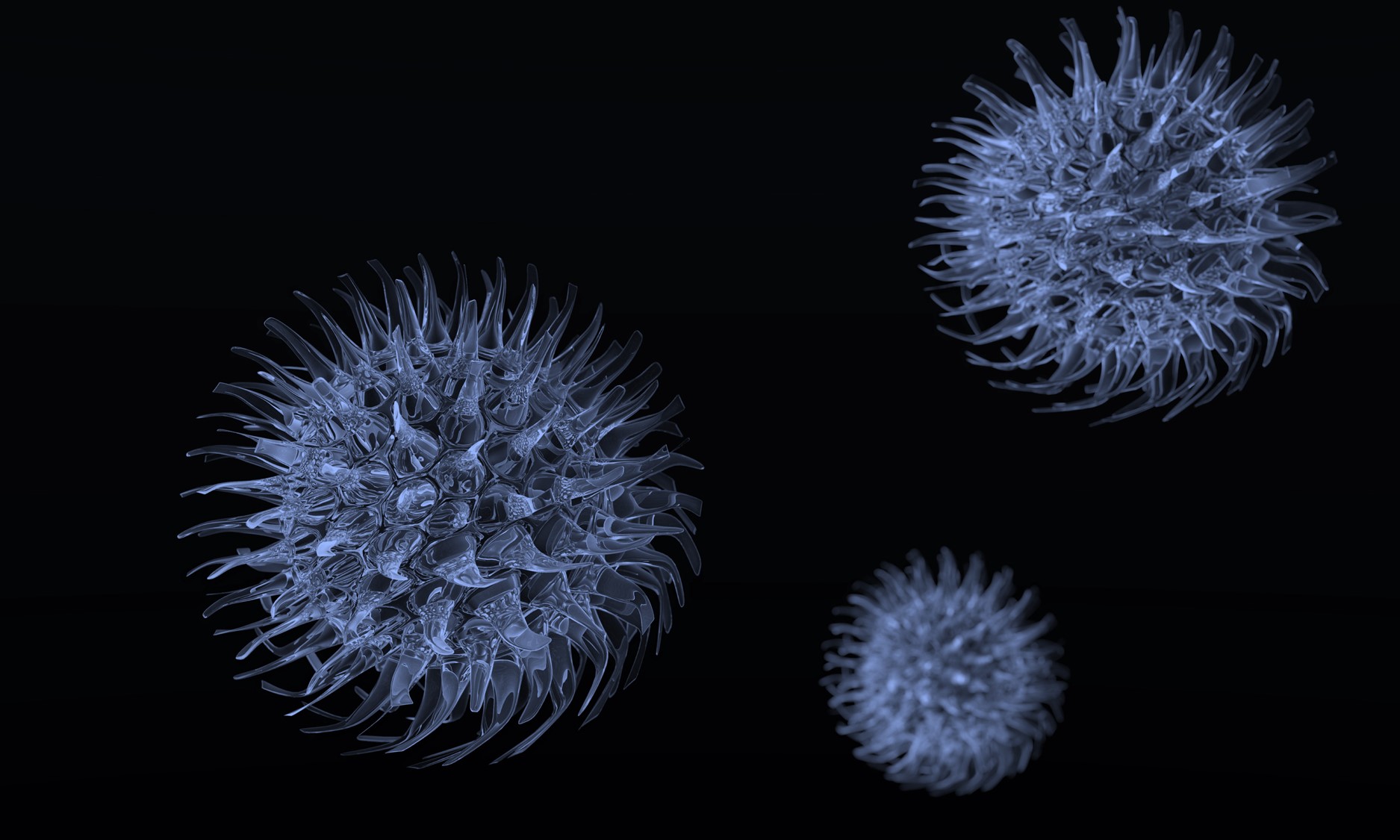Multi-marker Analysis of Anti-HBV Products Utilizing Primary Human Hepatocytes
ImQuest BioSciences has developed and optimized a novel antiviral screening assay for hepatitis B virus (HBV) in primary human hepatocytes. This assay allows the simultaneous assessment of multiple markers of HBV replication, thus offering a unique method to assess both product efficacy and mechanism of action. The multi-marker quantification technology was originally developed using Hep AD38, Hep AD79 and HepG2.2.15 cells. HepG2.2.15 cells are derived from the human hepatoblastoma cell line HepG2 by stable transfection with DNA from a clone containing two tandemly arranged copies of the HBV genome, while the Hep AD38 cells are stably transformed with a single cDNA copy of hepatitis B virus pregenomic RNA. Hep AD38 cells express proteins, RNA, and DNA intermediates characteristic of HBV replication; Hep AD79 cells express a 3TC-resistant variant of HBV. Endpoints assessed can be customized, and include extracellular and intracellular total HBV DNA, encapsidated extracellular and intracellular HBV DNA, pregenomic RNA, and multiple antigens of HBV infection.
ImQuest has improved on this method by optimizing the multiple marker endpoint evaluations in Primary Human Hepatocytes (PHH). Critical to this effort ImQuest has secured a source of both fresh and cryo-plateable PHH which are highly infectable by HBV. Acutely HBV infected PHH cells offer a system more physiological relevant for primary screening, and as an advantage over the stably transduced cell lines, allow the identification of compounds with activities which target HBV entry and fusion processes. Multiple PHH lots have been evaluated for viable infection at a range of MOIs.



